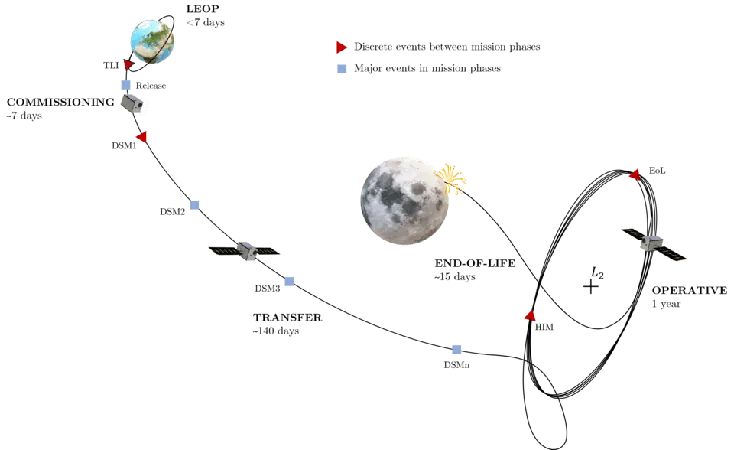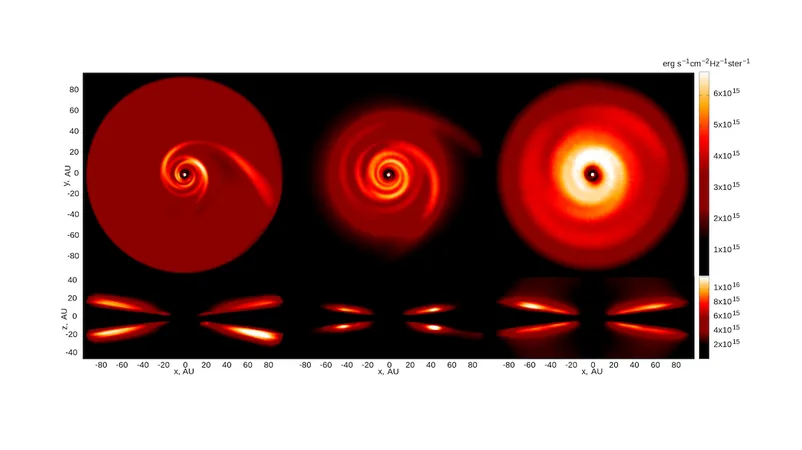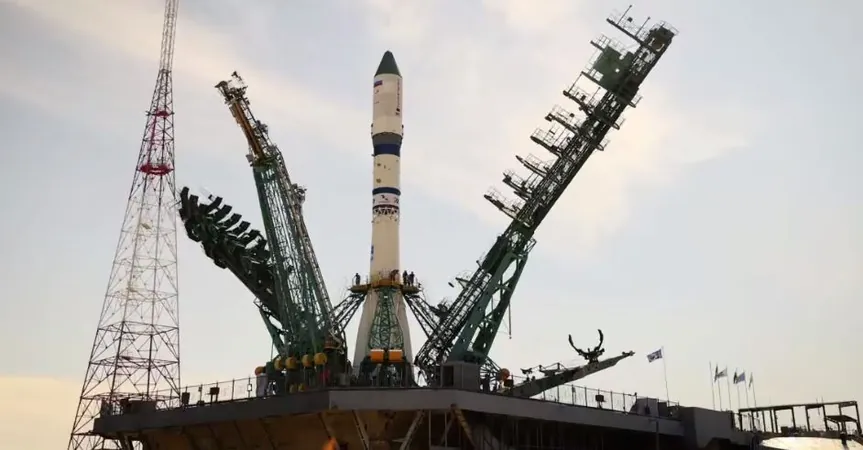
Unveiling the Secrets of Space: LUMIO to Track Meteoroid Impacts on the Moon's Dark Side
2024-12-31
Author: Siti
Introduction
Every day, our planet is showered with tons of space debris, yet we often remain unaware of this cosmic assault. While smaller fragments become shooting stars and burn up in our atmosphere, larger impacts throughout history have caused immense devastation. Traditionally, tracking these space objects has taken place from our vantage point on Earth. However, a groundbreaking mission led by Italian researchers is set to change the game – welcome the Lunar Meteoroid Impact Observer, or LUMIO!
The LUMIO Innovation
This innovative 12U CubeSat, tipping the scales at approximately 22 kg, is equipped with its primary tool, the LUMIO-Cam. This advanced visible light camera is designed to detect flashes from micrometeoroid impacts, giving scientists unprecedented insight into the forces that shape our solar system.
Positioning and Advantages
So, what distinguishes LUMIO from other asteroid-tracking missions already in orbit? Its strategic positioning at the L2 Earth-Moon Lagrange point – located directly opposite Earth on the Moon's far side – offers a unique observational advantage. Unlike the larger Earth, the smaller lunar disk allows the LUMIO satellite to capture the entire hemisphere of the Moon and closely monitor impacts. Since the Moon's atmosphere is minimal, most meteoroids collide with the surface, making it a prime candidate for studying these high-energy events.
Challenges
Despite its advantages, LUMIO faces challenges, including limited communication directly with Earth. Because the Moon obstructs signals, real-time commands and data exchanges will rely on a relay satellite. Additionally, the CubeSat will generate immense data, sifting through 15 frames per second to highlight fleeting flashes of light that signify an impact.
Impact Estimates and Significance
Remarkably, estimates indicate that micrometeoroids – even those as small as 30 grams – strike the Moon's surface a staggering 23,000 times each year. If LUMIO catches just half the lunar impacts, scientists will witness multiple collisional events daily, providing a treasure trove of information regarding the debris populating our solar neighborhood and potential links to asteroids and comets.
Recognition and Launch Plans
Excitingly, LUMIO has been recognized as a finalist in ESA’s Lunar CubeSat for Exploration (LUCE) SYSNOVA Competition, with plans to launch in 2027. Once successfully positioned, anticipate regular updates featuring explosive flashes illuminating the lunar landscape. This mission not only promises to enhance our understanding of meteoroids but also deepens our exploration of the cosmic forces shaping our celestial home.
Conclusion
Stay tuned as we await the first breathtaking footage of lunar impacts, potentially changing everything we thought we knew about the Moon and the mysteries of space!


 Brasil (PT)
Brasil (PT)
 Canada (EN)
Canada (EN)
 Chile (ES)
Chile (ES)
 Česko (CS)
Česko (CS)
 대한민국 (KO)
대한민국 (KO)
 España (ES)
España (ES)
 France (FR)
France (FR)
 Hong Kong (EN)
Hong Kong (EN)
 Italia (IT)
Italia (IT)
 日本 (JA)
日本 (JA)
 Magyarország (HU)
Magyarország (HU)
 Norge (NO)
Norge (NO)
 Polska (PL)
Polska (PL)
 Schweiz (DE)
Schweiz (DE)
 Singapore (EN)
Singapore (EN)
 Sverige (SV)
Sverige (SV)
 Suomi (FI)
Suomi (FI)
 Türkiye (TR)
Türkiye (TR)
 الإمارات العربية المتحدة (AR)
الإمارات العربية المتحدة (AR)